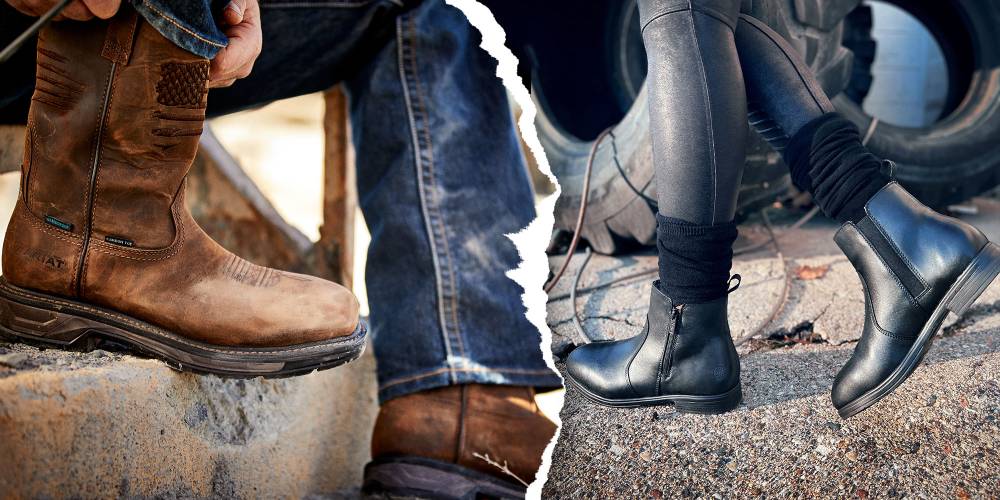
01/31/2024
Who Is Saf-Gard®?
“I’ve had a long-standing relationship with Saf-Gard® and their Mobile Shoe Store. Saf-Gard® provides what I need, when I need it and how…
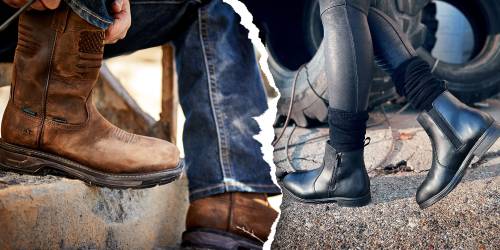
Who Is Saf-Gard®?
“I’ve had a long-standing relationship with Saf-Gard® and their Mobile Shoe Store. Saf-Gard® provides what I need, when I need it and how…
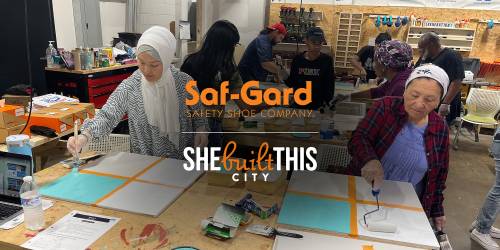
“TRADES CAREERS FOR ALL”
Saf-Gard® Donates $20,768.26 to She Built This City
The work we do is never about quick sales. It’s about the people with their boots on the ground. So you better believe that Saf-Gard® always…
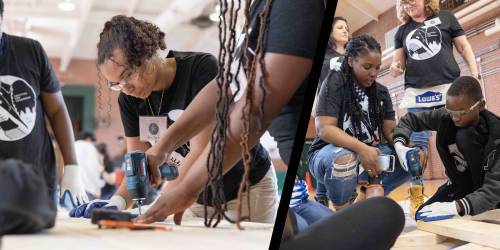
Shop With a Purpose This Giving Tuesday
This Giving Tuesday we’re committed to making a difference by donating 10% of our gross website sales to She Built This City. Getting involved is easy.…
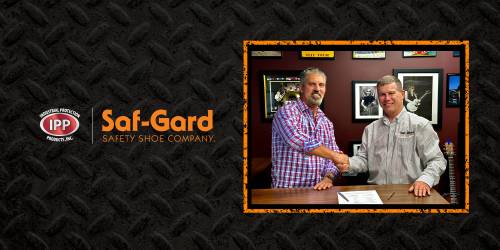
Saf-Gard® Safety Shoe Company Acquires Industrial Protection Products
Greensboro, NC, USA. August 29, 2023 - Saf-Gard® Safety Shoe Company has acquired Industrial Protection Products (IPP) as it ventures into new PPE.…
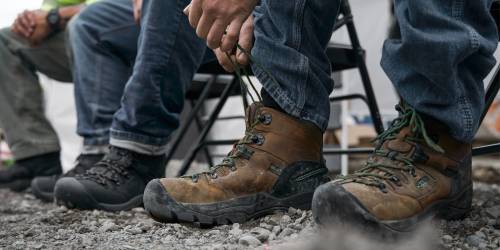
How do you find the perfect fitting safety toe boot?
I’ll never forget my first incredibly uncomfortable pair of safety toe boots. I was just beginning my career as a Repair Technician for a phone and…
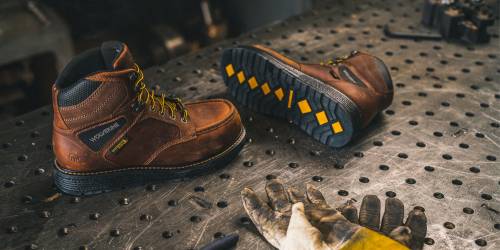
Sole Education Spring 2020: False Assumptions
In today's society, we are all becoming increasingly aware of the skilled trades shortage that is coming our way. Decades of misrepresentation in pop culture…
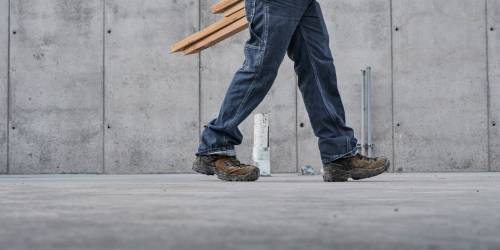
Sole Education Spring 2020: Meet the Student
We are thrilled to launch our third semester of theSole Education program! Over the next few months, we will be learning more about our student's skilled…
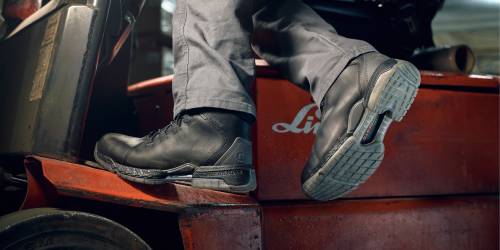
Sole Education Spring 2020: Trades Fascination
This week, we asked Tod to discuss what fascinates him most about his field of study, and explain in more detail why he is choosing to pursue a career in the.…
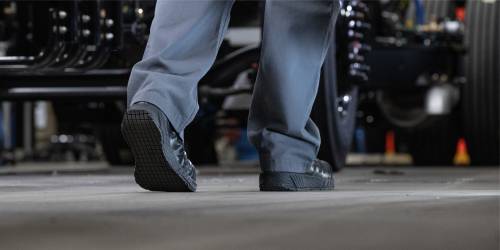
Sole Education Spring 2020: The Future of HVAC-R
This week, we asked Tod to discuss any trending technology topics that are going on in the HVAC-R field at the moment. Read on to see what's trending! The HVAC…
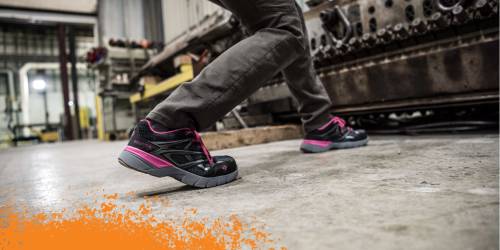
Sole Education Spring 2020: Safety Standards
This week, we asked Tod to discuss what safety protocols he has to follow and/ or learning about in his classes and internships, any safety training that he…
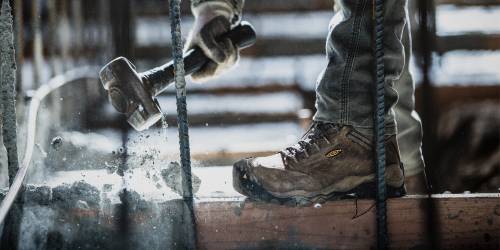
Sole Education Spring 2020: The National Crisis
The number of candidates entering the trades has been dropping in recent years. Add to that a record number of baby boomers starting to hit the big red…
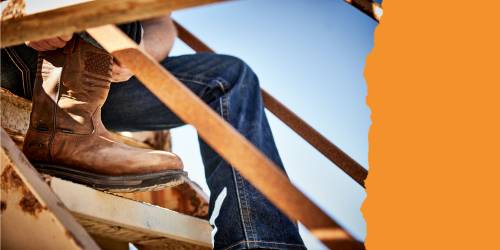
Sole Education Spring 2020: Looking Back
If you had the opportunity to start again in your career, would you? What about with decisions you made early on in your life? Knowing what you know now, is…